Liz Magor tries to avoid nostalgia. Considering how much time the celebrated Canadian artist spends in thrift stores looking for discarded toys, shoes, gloves, and other objects to use in her sculptures, that sounds like trying to go to the beach without getting sand between your toes. Thrift stores, at least for many of us, are littered with nostalgia.
But Magor – who just opened a solo show at the Museum of Contemporary Art Toronto following a string of gallery exhibitions across North America and Europe – is laser-focused on what she’s searching for. ‘I’m interested in using things that are currently around us, and not that old…small things, things that you might overlook,’ she says via Zoom from her Vancouver studio, her bracelets lightly clinking as she speaks. ‘I’m not trying to talk about history. I’m more interested in the present tense.’
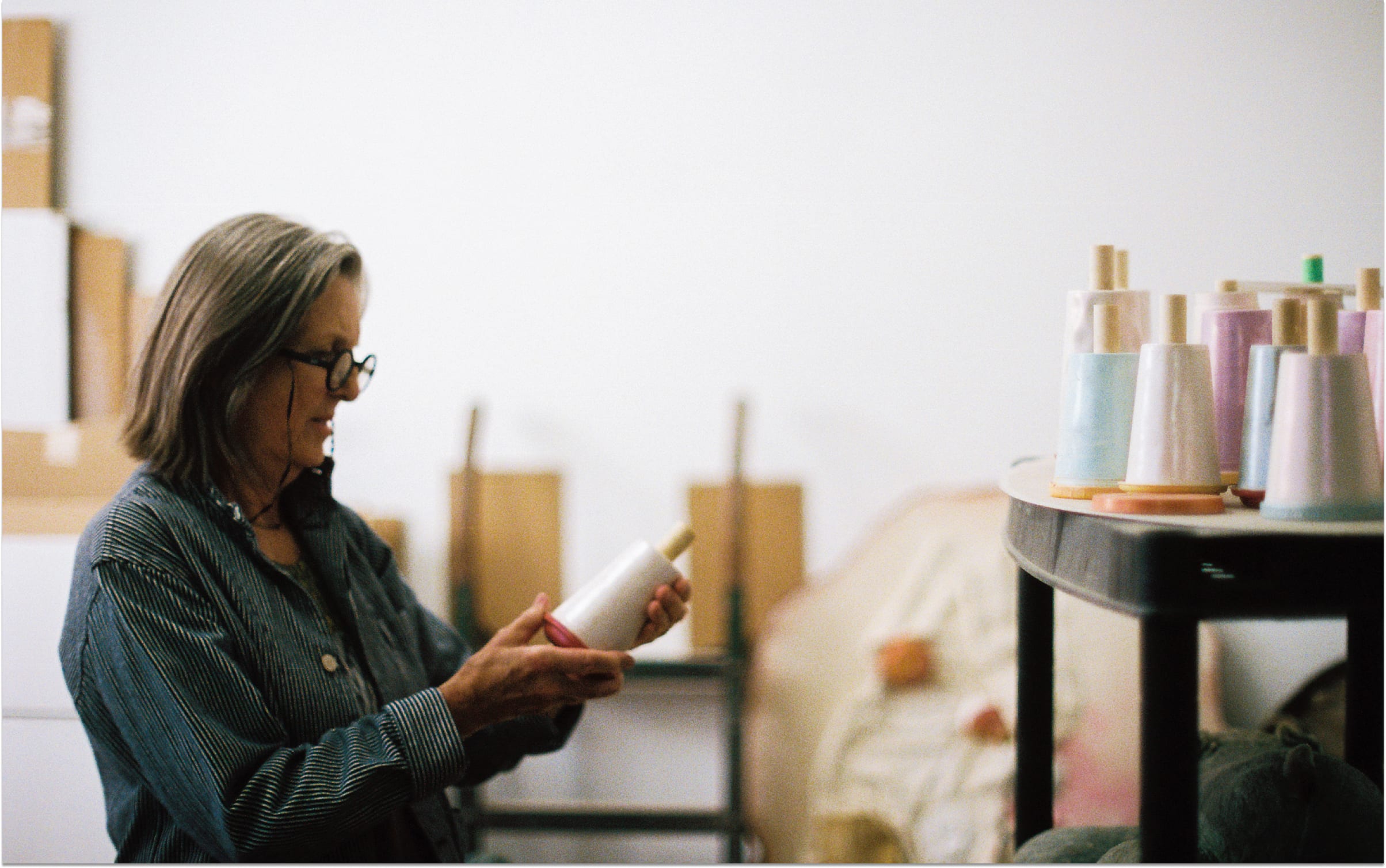
Bringing thrift-store objects into the present tense involves anything from cutting, casting, dyeing, dismembering, and otherwise manipulating her found objects, and recontextualizing them with other items and materials. Any given artwork contains what could be found on a Home Depot shopping list (plywood, silicone rubber, steel), in a Halloween costume set (artificial hair, mixed fabric), or a takeout order (wrappers, Styrofoam cups, food). Real items commingle with cast replicas. The results are often absurd, poignant, funny, macabre, disarming – the point is, you’re looking, you’re thinking, and you’re engaging with objects that Magor has transmuted, imbuing them with another purpose beyond trinket, tchotchke, or something otherwise bound for the trash.
‘It’s clear that all these things have been made by humans, and most of them are not that necessary; they’re surplus to requirement,” Magor, 75, says. ‘They’re being produced for something beyond essential, beyond need. I’m curious what that is: beyond need.’
Over the last five decades, Magor has received widespread acclaim for the way her sculptures expose the tension and drama of modern life. By highlighting the absurdity of our everyday objects and the impermanent values they convey, her work explores purpose, agency, and desire: What do we want from all our stuff, and why, at some point, do we stop wanting it?
One highlight of ‘Liz Magor: The Separation’ at MOCA Toronto is a new installation, The Stream (2023), commissioned by the museum. It consists of 41 boxes made of translucent Mylar, a material with which Magor began experimenting in Berlin during an artist residency a few years ago. Mylar represents the artist’s ongoing exploration of duality: It seems flimsy but finds form when folded, enough to act as a protective shield for her objects, creating beautiful little boxes that dare you to peek inside.

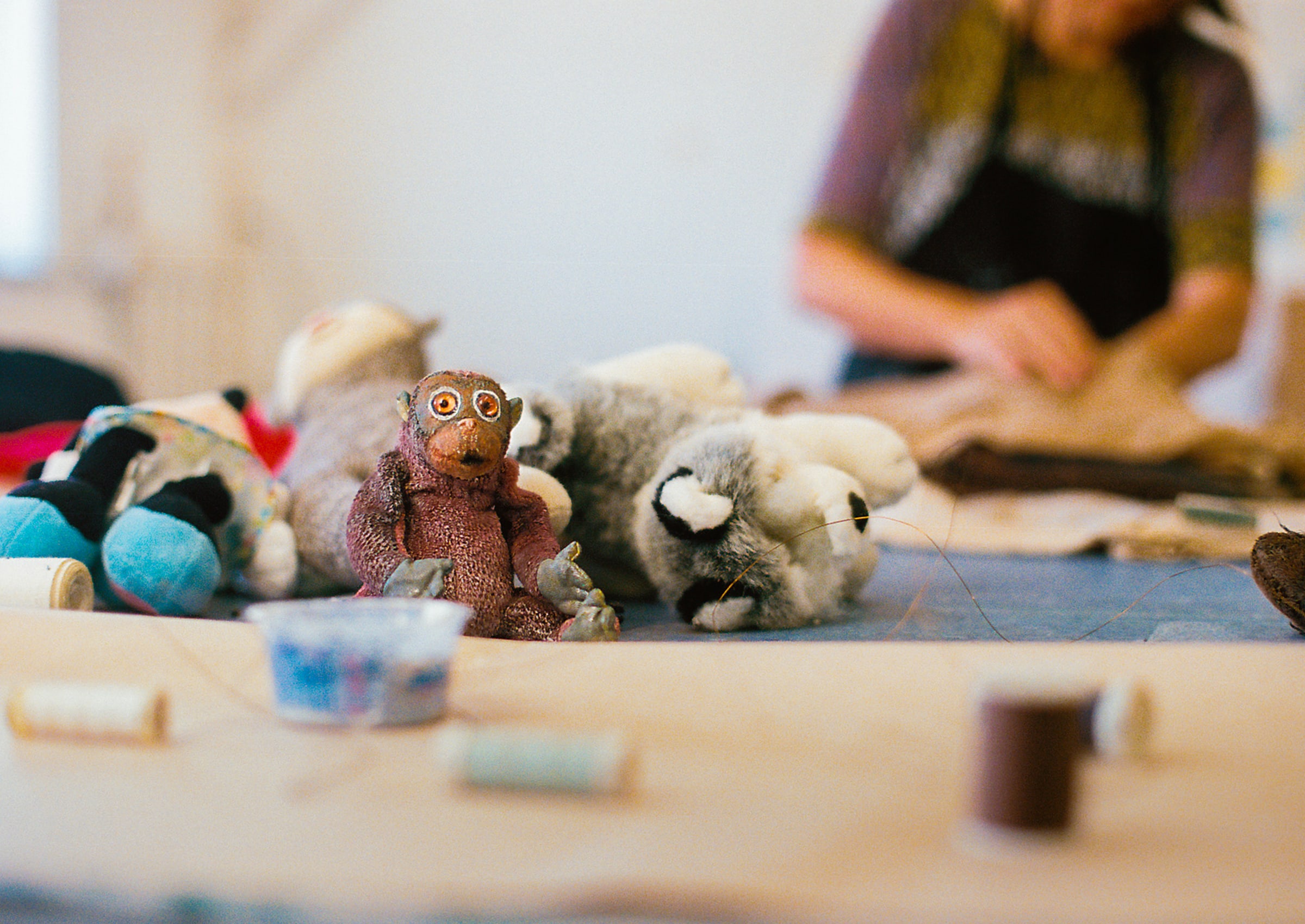
Amid The Stream at MOCA are three ‘sandbars’, as Magor thinks of them: tables that prop up large, cast-rubber stuffed animals, made using a technique she’s perfected over many years. Once plush, these reconsidered toys now possess a kind of decayed uncanniness for which Magor has come to be known. Discarded and stripped of their original purpose (to delight a child, perhaps), what else can these objects say to us?
Magor was born in 1948 in Winnipeg. ‘It was a pioneer culture in the 1950s when I grew up,’ she says, ‘so I didn’t really think of being an artist. But I knew I wanted to do something where I invented things.’ She studied art, in various forms, at the University of British Columbia, Parsons School of Design in New York, and the Vancouver School of Art (now the Emily Carr University of Art and Design, where Magor also taught for many years).
The 1960s and ’70s were her time to ‘get the engines going’, she tells me, deciding in which direction to take her practice. In 1981, she moved from Vancouver to Toronto, a bigger city where she could join a dynamic, thriving art scene. Her piece Dorothy, A Resemblance (1980–81), which interrogated the notion of identity by using lead-cast everyday objects to represent her subject, solidified her status as a rising art star.
Magor has earned many accolades during her career. She represented Canada at the Venice Biennale in 1984 and participated in Documenta 8 in Kassel in 1987. She has been awarded the Audain Prize for Lifetime Achievement in the Visual Arts (2009), the Governor General’s Award (2001), and France’s Chevalier dans l’Ordre des Arts et des Lettres (2021). In 2017, her survey show, ‘you, you, you’, travelled to the Kunstverein in Hamburg, the Migros Museum in Zurich, and the Modern and Contemporary Art Museum in Nice. Last year, Magor published a book, Subject to Change: Writings and Interviews, which collected 40 years of her essays, conversations, lectures, and notes.
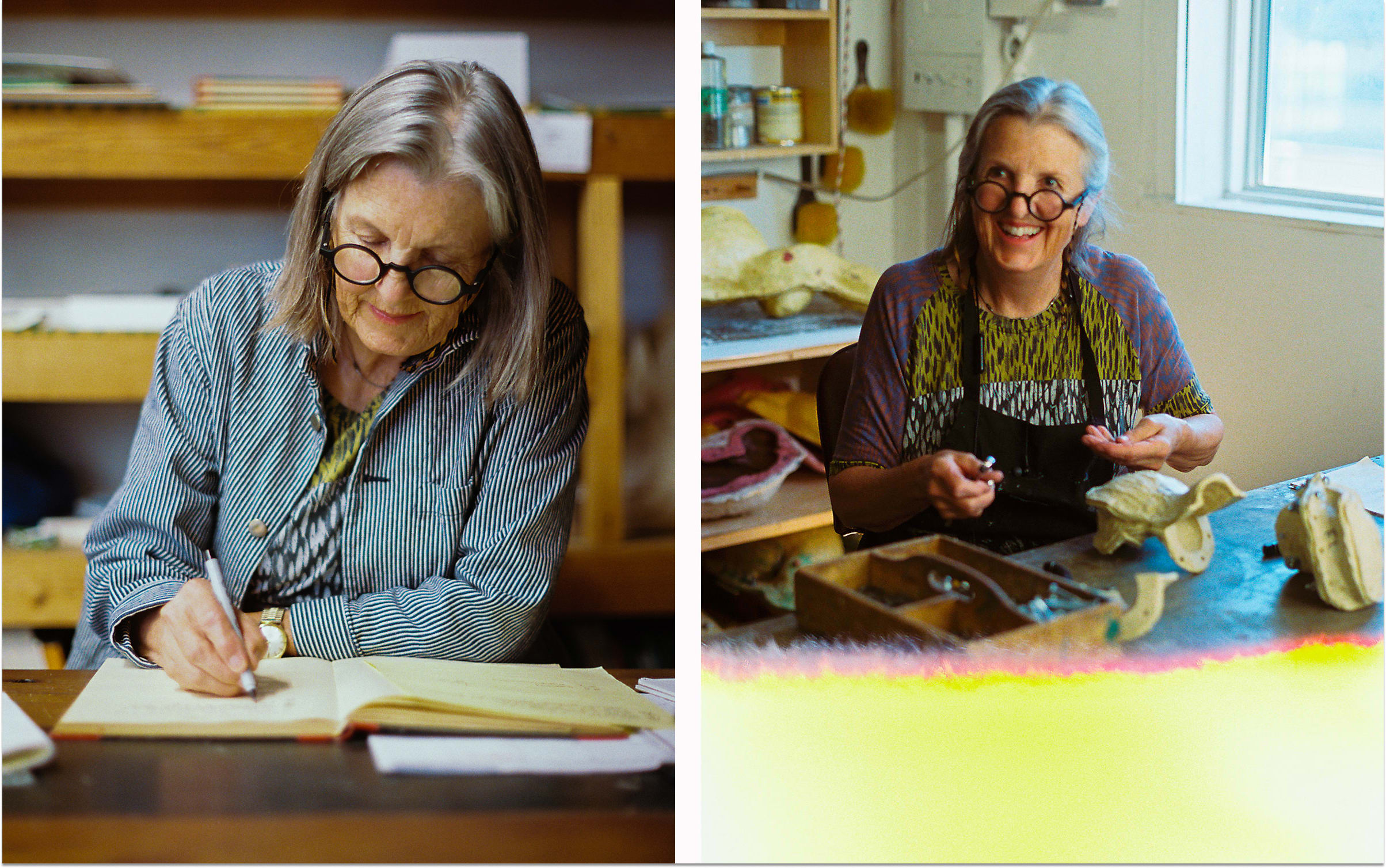
‘The last 10 or 12 years have been my best,’ Magor reflects. ‘I have support, I can work on a steady basis, and there are places for the work to go.’ Her success did not come without challenges, however. The art world, after all, has historically been a boys’ club. ‘I’ve been on the margins because I’m a woman. You have to push really hard to get near the center when you’re on the margin.’
As Magor and I discuss her oeuvre, it becomes clear that she has a specific way of thinking about objects, which is that they guide the work. Objects all have life spans, she says, and voices. She’s most interested in the ones that aren’t too loud, that are capable of releasing some other thing: a ‘latent voice’ that comes through once that object no longer serves its original purpose. That’s why, when she’s at a thrift store, she’s looking for the mundane, the basic. Not the treasures.
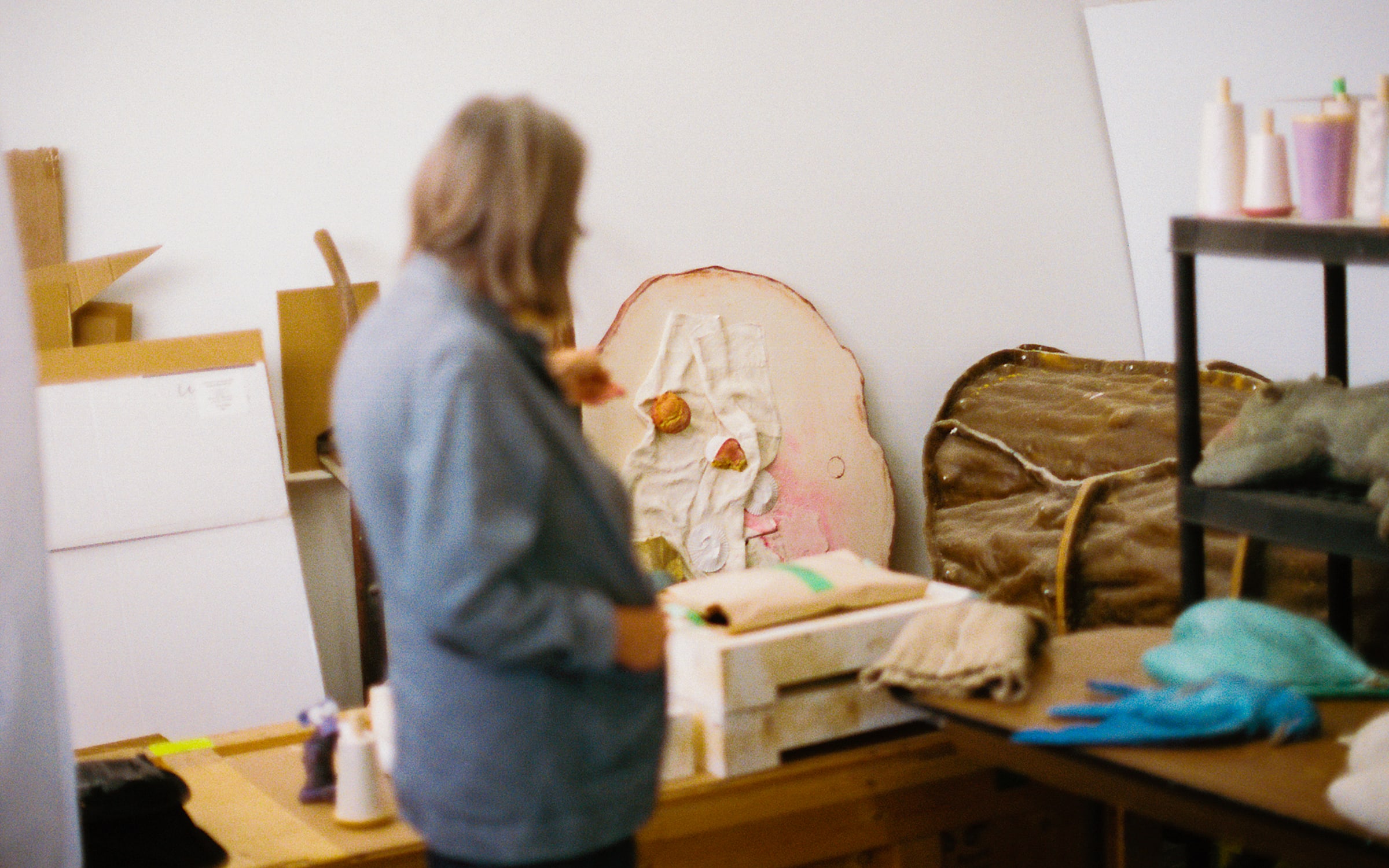
Take her sculpture Oilmen’s Bonspiel (2017). A stuffed monkey-like critter clutches a wool sweater, one commonly worn in the 1950s and ’60s by outdoorsy types, with a patch on it that reads ‘Oilmen’s Bonspiel, 1960.’ (A bonspiel, I learn, is a curling tournament.) To Magor, this patch signifies a past owner’s alignment with Canada’s mining of oil sands. Now that the tune has changed on fossil fuels, Magor wonders, what happens to all these old symbols of a besmirched industry? ‘I’m saving it from disappearing forever,’ Magor says. She’s giving voice to a forgotten item, setting it free.
But, if you don’t know that background, what you might see is a funny combination of a bug-eyed plush toy holding an upside-down sweater, and you might think any number of things: associating the sweater with a cold climate, the toy with one from your childhood, or merely observing that this is a bizarre combination of everyday objects. The meaning could be anything, depending on a million variants. There’s no one answer, no one voice.
‘It’s like you pull the thread however you want,’ I say.
‘Yeah, that’s right,’ she replies. ‘Pull the thread however you want.’
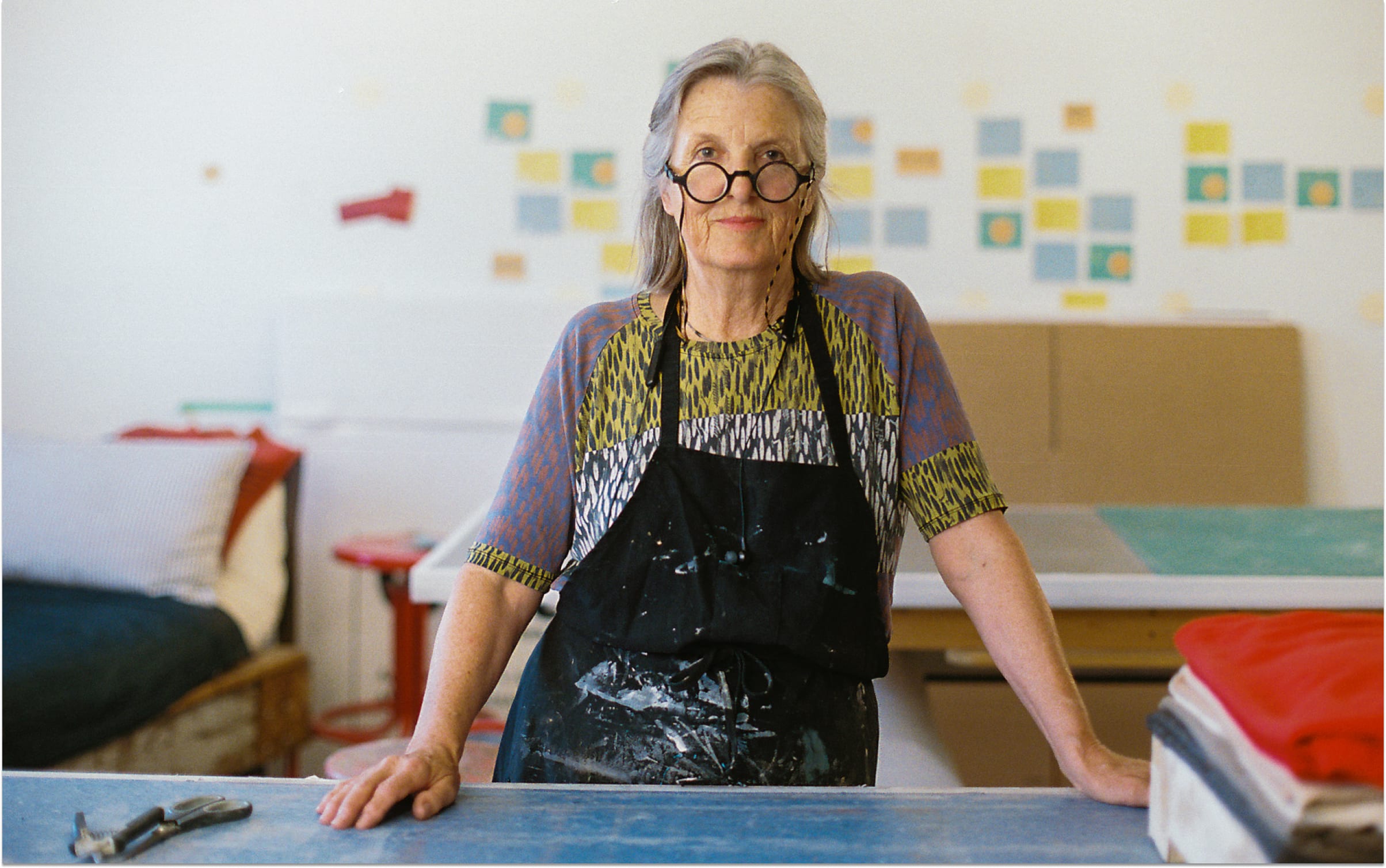
‘Liz Magor: The Separation’ is on view at MOCA Toronto through February 4, 2024.
Liz Magor is represented by Galerie Marcelle Alix (Paris), Catriona Jeffries (Vancouver), and Andrew Kreps Gallery (New York).
Grace Edquist is an art writer and the copy director of Vogue magazine. She lives in New York City.
All photos and videos by Cillema Productions for Paris+ par Art Basel.Published on September 8, 2023.